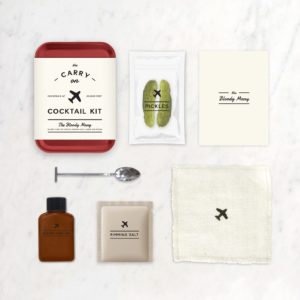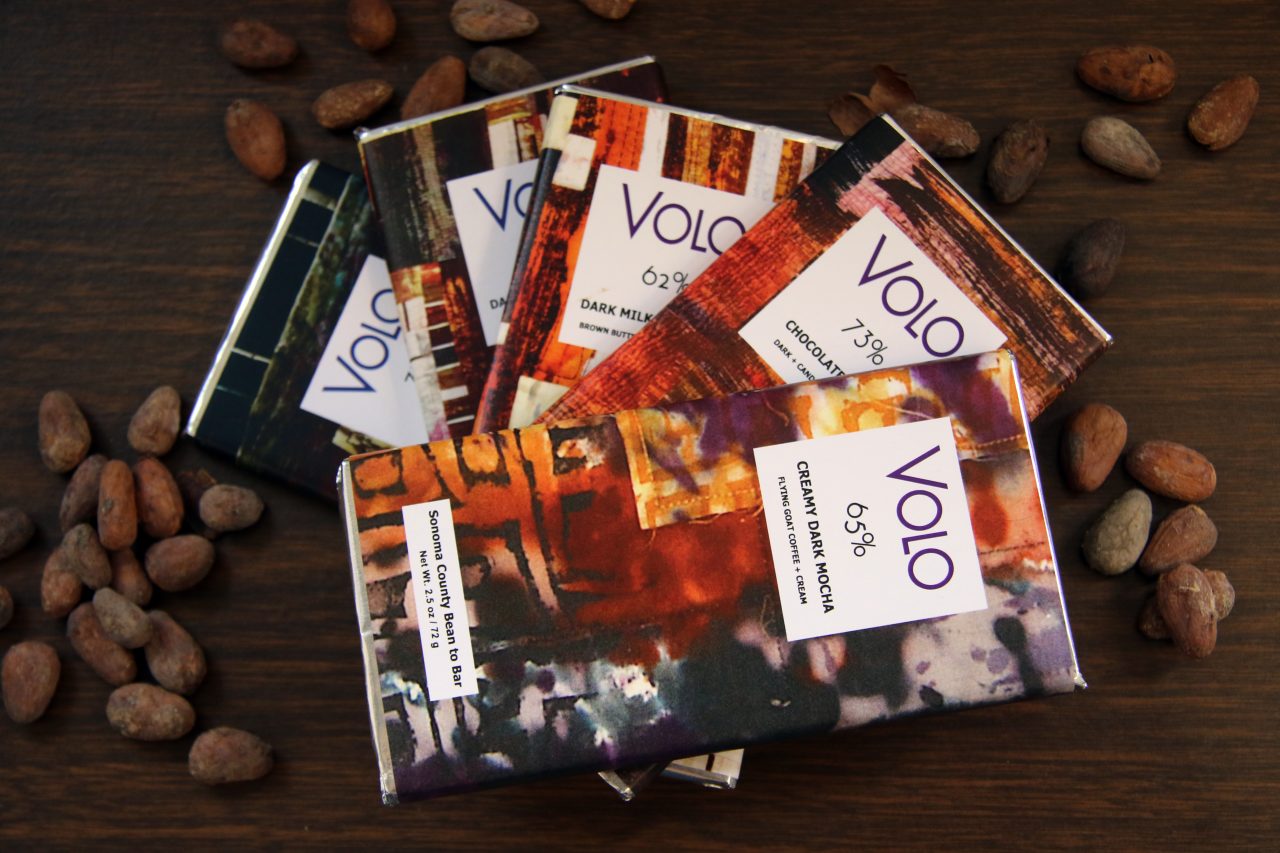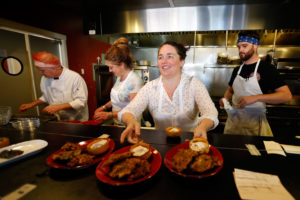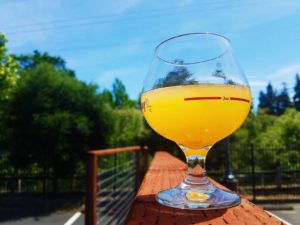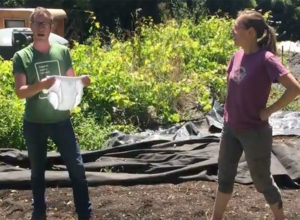For me, summertime wine should be refreshing, easy to drink, and just a little funky – meaning something that stands out beyond the standard sauvignon blanc or rosé all day.
Lately, my go-to wines have been fresh, acid-centric vinos that taste great on their own or make for a perfect pairing with snackable cheese and summer salads. So what am I drinking these days? My current obsession is grenache blanc, the white light-skinned sister of grenache. And trust me, it will be yours, too.
Grenache blanc is originally from northern Spain. It traveled across the border to France to become a Rhône varietal. It’s commonly used as a blending grape in the famous Châteauneuf-du-Pape and other red and white wines.
Eventually, it made its way to California where, in the 1990s, Paso Robles Rhône-producing icons Tablas Creek began growing grenache blanc, paving the way for other producers.
Today, it’s grown throughout California, including in Sonoma County. Despite being a hearty grape that thrives in Sonoma County’s diverse soil and regions, it’s still a ‘rare grape’ compared to other white wine varietals. It’s still used in blends, but is gaining popularity as a single varietal wine.
Grenache blanc is a fun and funky wine, often with a vibrant nose full of what can range from green notes (i.e. kefir lime, green apple) to the kind of floral citrus notes that one might find in a viognier (i.e. honeysuckle, lemon flower). Let’s put it this way: the nose of grenache blanc will knock your socks off.
Taste wise it is often rich, sometimes viscous, making it a nice, lighter alternative for chardonnay fans. It has a moderate, nice acid and tastes mineraly and a bit spicy, sometimes with hints of cinnamon, nutmeg, again with the green apple. Yum.
Passaggio Wines is one of few Sonoma County wineries to produce a single varietal grenache blanc. This year marks the winery’s first grenache blanc vintage, which uses grapes from Matthes Vineyards, a small Rhône-focused vineyard just outside of downtown Sonoma.
“I wanted a local single vineyard varietal that went well in my portfolio,” shares Passaggio Wines winemaker and owner, Cynthia Cosco, “something unusual.” Cosco acknowledges the special nature of grenache blanc and appreciates how food friendly and distinct it is. It pairs well with briney, salty cheese like feta and halloumi, tomato or citrus salads, pork chops with apples, and spice-rubbed grilled chicken.
Lloyd Davis, owner of Corner 103 winery in Sonoma, decided to offer a grenache blanc to customers to complement his grenache, both new releases this year that he’s offered first to his wine club members. “Our club members want more diversity in their wines,” he shares, “they’re moving beyond commonplace sauvignon blancs and chardonnay, and grenache blanc provides the perfect alternative to their craving.”
So what grenache blanc should you be sipping on this summer? Here are my picks for the best wines to grab for your cooler.
Passaggio Wines 2016 Grenache Blanc ($33)
One of Sonoma County’s finest white wine producers, Passaggio Wines has taken grapes from nearby Matthes Vineyard to create a grenache blanc-based field blend with a hint (25%) of marsanne, which helps to boost the orange flower and green apple flavors of grenache blanc. Keeping with winemaker Cynthia Cosco’s style, it’s got great acidity and accessibility with its screw cap opener.
Corner 103 2016 Grenache Blanc ($30)
The most vibrant nose of all grenache blancs I tasted, Corner 103’s vino uses grapes from Alexander Valley. Its nose is lush like a viognier, full of tart grapefruit, kefir lime, gardenia, and honeysuckle. Partially unfiltered, the wine has a hazy shade. This technique helps bring out the spiced flavors of the grape, including dill, cloves and cinnamon. Only 89 cases were made of this wine and, according to the winery, only 30 are left.
Matthes Vineyards 2015 Grenache Blanc Rhône Blend ($42)
A field blend, Matthes’ estate wine comprises 68% grenache blanc and 32% marsanne. Another quality representative of grenache blanc, its nose hints at clementine, anise and green apple. Eleven months in neutral French oak adds a viscosity to the wine that lends to a lovely, silky texture in the mouth, with flavors of ripe stone fruit, wet stone and more green apple.




